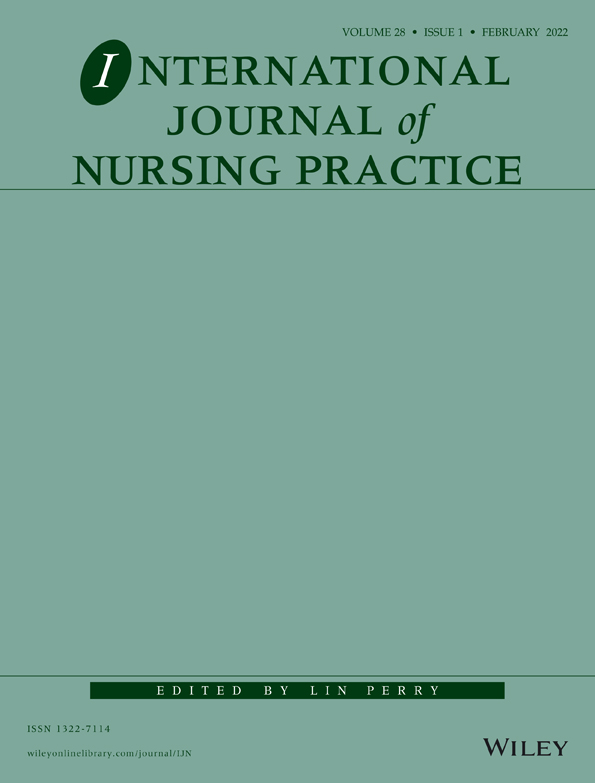Global production of nursing research: A 10-year survey of subspecialty nursing journals
Abstract
Aim
This study aimed to investigate the characteristics of global productivity of nursing research in subspecialty nursing journals and to provide a general view of global nursing research.
Methods
On 10 January 2020, Web of Science was used for research collection. Publications in subspecialty nursing journals from 2015 to 2019 were analysed.
Results
A total of 34 275 publications were retrieved. The United States (15 155) ranked first, followed by Australia (2439), China (2076), Brazil (1803) and the United Kingdom (1602). High-income economies produced 82.26% of the total number of publications. Research production was not significantly correlated with the population (p = 0.113, r = 0.412), whereas it was positively correlated with gross domestic product (p = 0.030, r = 0.541). The United States had the highest number of total citations (46 297). The Netherlands ranked highest when analysing mean citations, followed by Finland and Australia. Sweden ranked highest after correcting for gross domestic product, followed by Australia and Finland. Australia was the most productive nation when adjusted by population, followed by Sweden and Norway.
Conclusion
The United States is the leader in nursing research productivity. Countries with large economies tend to make greater contributions to global nursing research. Some European countries and Australia were found to be more prolific when stratified by population size and economic activity.
Summary statement
What is already known about this topic?
- Assessing global research productivity is important because it reveals important features of publication activities and provides general insight into certain topics.
- There are few studies analysing global research production in the nursing field.
What this paper adds?
- The United States has the greatest research productivity in the nursing field.
- High-income economies produce far more publications than middle-income and low-income economies, and the size of countries' economies is positively correlated with nursing research output.
- There were no significant correlations between population size and productivity of nursing research; some European countries and Australia were found to be proportionately more prolific when their populations and economies were investigated.
The implications of this paper:
- These findings can be used to demonstrate the quantity and quality of global nursing research and to rank countries' outputs in various ways.
- Benchmarking nursing publications may be used to inform policy to support capacity development.
- The research will function as baseline information for further studies to analyse the changes in global research productivity.
CONFLICT OF INTEREST
None of the authors has any potential conflict of interest.




